
Types of Flour Best For Baking
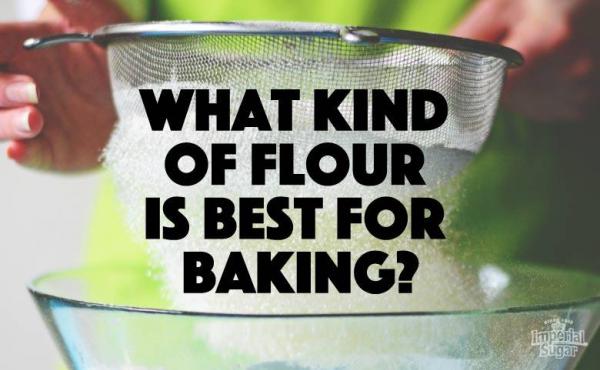
You’re ready to bake from scratch – but the different types of flour can be intimidating. All-purpose, enriched, cake, bread, unbleached...which types of flour are best for baking? This question has been up for debate for many years. In fact, we published an article about this very topic in our 1987 Homemade Goodness Newsletter, vol. VII, no. 5. We asked our very own world-renowned pastry chef, Eddy Van Damme, to help us sift through the different types of flour to see which one measures up best.
All-Purpose Flour
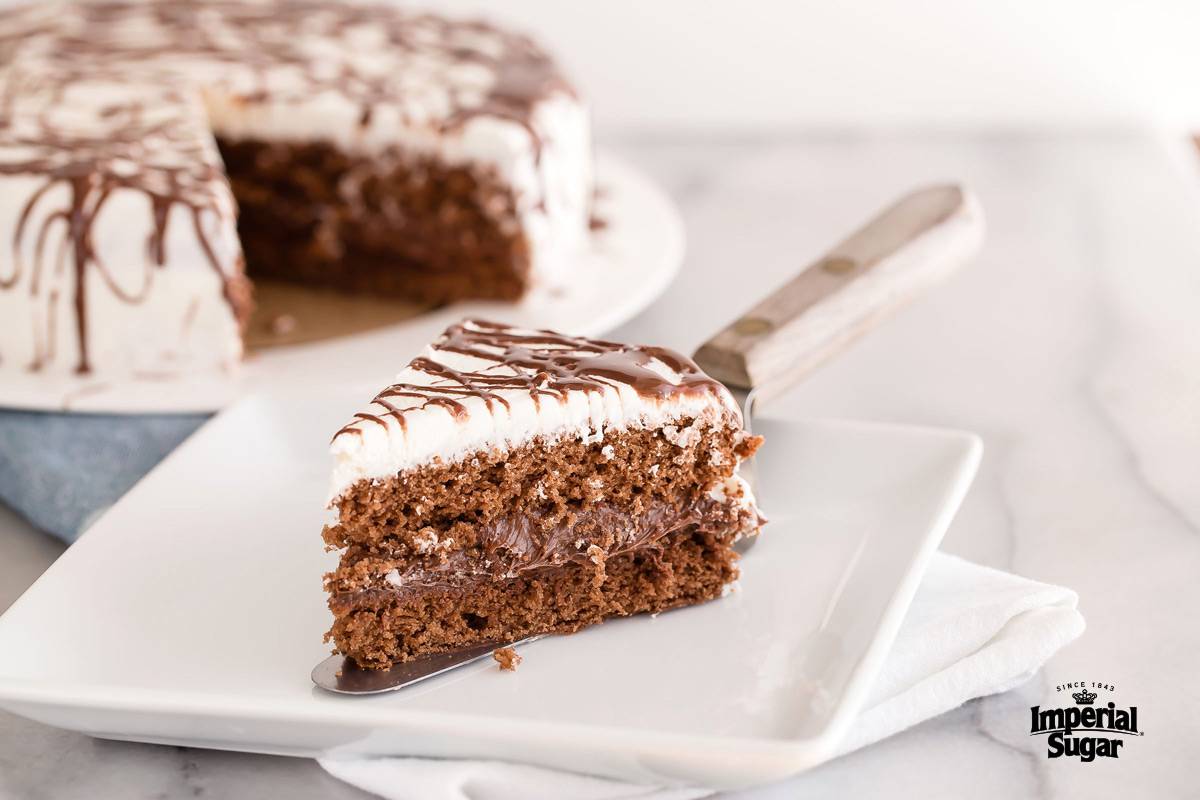
This flour contains a blend of hard and soft wheat. Softer blends are usually marketed in the South for quick breads and harder blends in the North where yeast breads are more popular. As the name suggests, all-purpose flour is recommended for many recipes. This delicious 17 Minute Chocolate Cake with Silhouette Frosting recipe is a classic, easy, from-scratch recipe that calls for all-purpose flour.
Self-Rising Flour 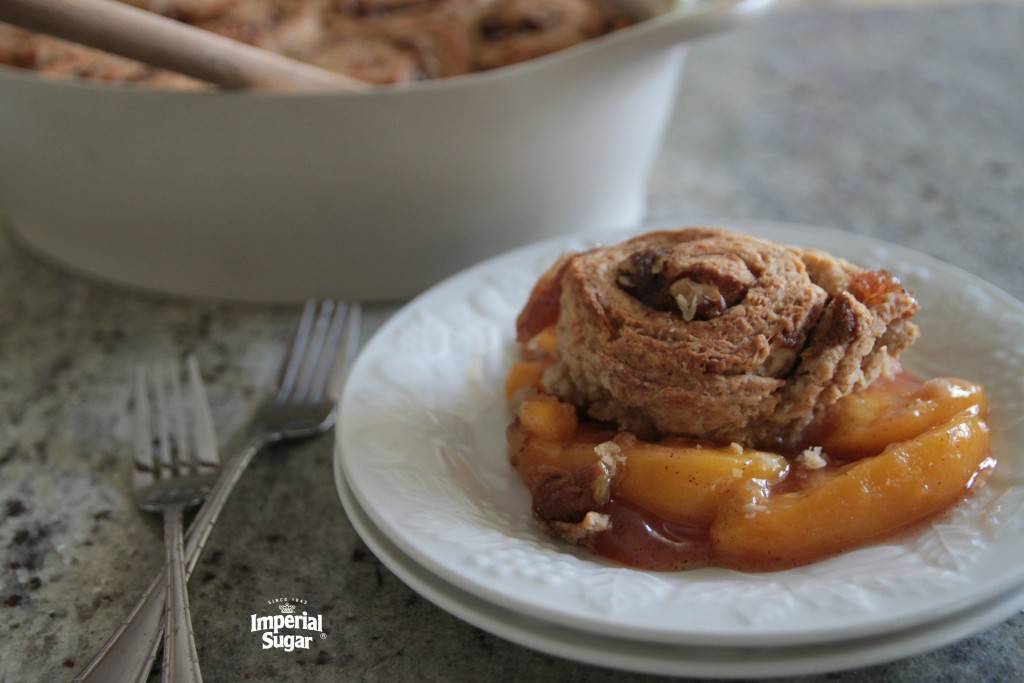 In addition to regular all-purpose flour (without leavening added) you can also buy self-rising flour, which really is just all-purpose flour with baking powder and salt added. Our sweet and bubbly vintage Classic Peach Praline Cobbler recipe uses this type of flour.
In addition to regular all-purpose flour (without leavening added) you can also buy self-rising flour, which really is just all-purpose flour with baking powder and salt added. Our sweet and bubbly vintage Classic Peach Praline Cobbler recipe uses this type of flour.
Bread Flour 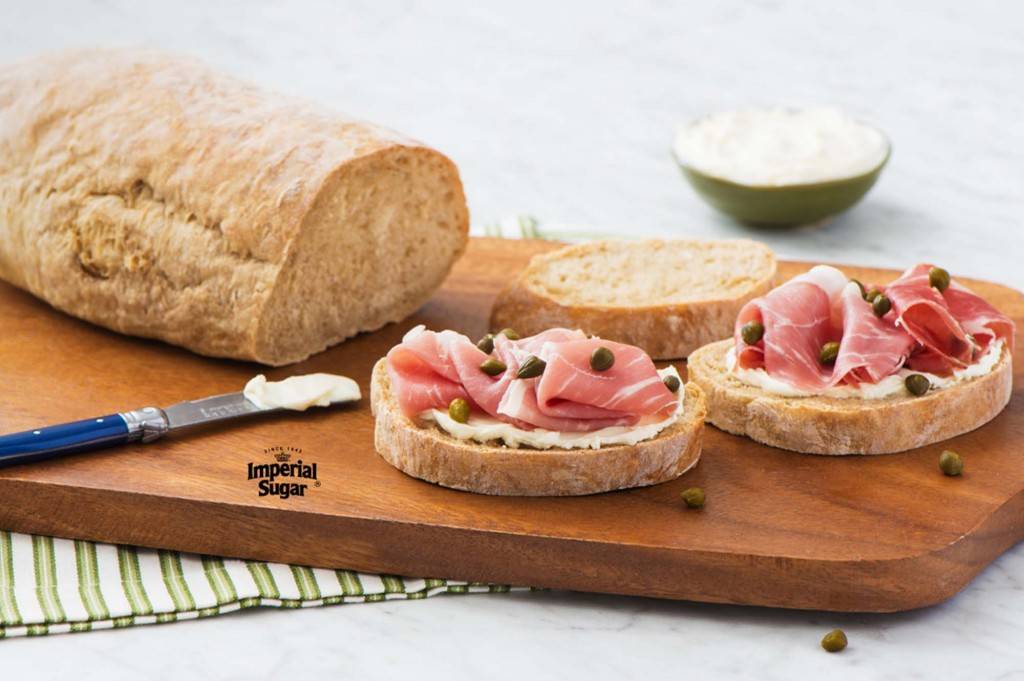 This is a strong flour usually made from the best hard wheats. It has a high amount of gluten-yielding protein which makes it desirable for yeast breads. It gives bread, like our crusty but soft Beer Ciabatta, better volume, tender quality and finer texture. Longer kneading process may be necessary to help develop the gluten. Note: Bread flour that is labeled “bromated” has had potassium added to give it additional elasticity, but in many countries potassium bromate is forbidden. Many people, including Chef Eddy himself, choose to use unbromated flour because of health concerns.
This is a strong flour usually made from the best hard wheats. It has a high amount of gluten-yielding protein which makes it desirable for yeast breads. It gives bread, like our crusty but soft Beer Ciabatta, better volume, tender quality and finer texture. Longer kneading process may be necessary to help develop the gluten. Note: Bread flour that is labeled “bromated” has had potassium added to give it additional elasticity, but in many countries potassium bromate is forbidden. Many people, including Chef Eddy himself, choose to use unbromated flour because of health concerns.
Cake Flour This is a soft wheat flour that is low in protein and gluten which results in a soft white fine textured crumb perfect for cakes. Cake flour is often bleached to whiten the color and soften the gluten. “Not all cake recipes should use cake flour. In fact, some cake recipes are designed to use all-purpose flour because they may contain higher level of fats and using cake flour instead could result in cakes that collapse,” said Chef Eddy.
Whole Wheat Flour 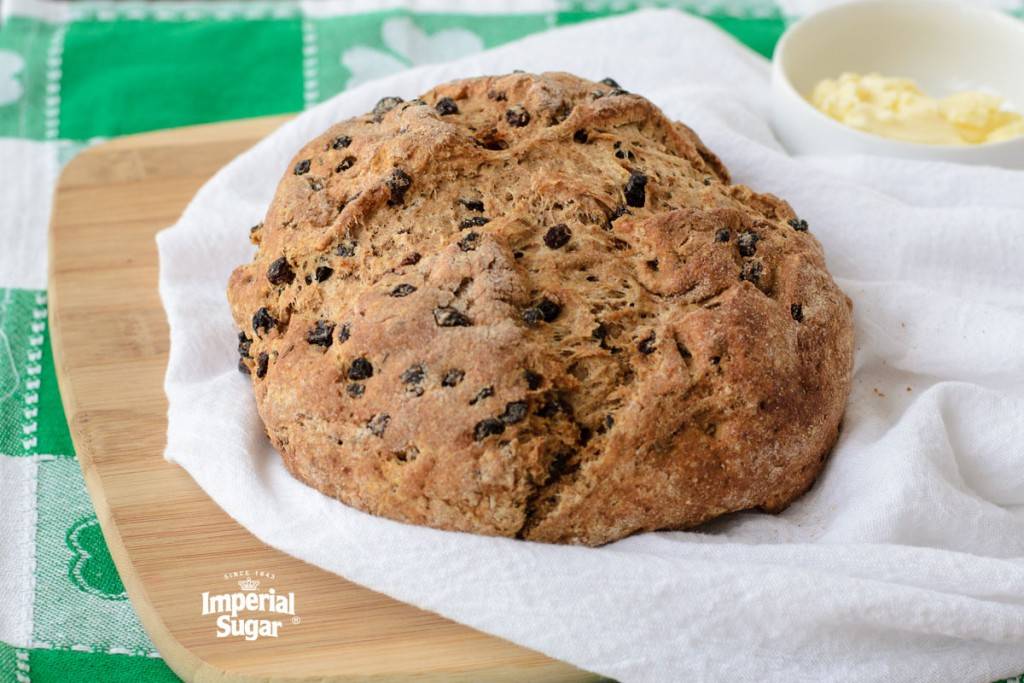 In whole wheat flour, the entire wheat kernel is milled, thus producing a bulkier flour. Identical recipes made with whole wheat flour instead of an all-purpose or bread flour will result in a denser and less tender final product. Bread made with whole wheat flour alone, like our Irish Soda Bread, is coarser and more compact than bread that is made with a combination of whole wheat and all-purpose flour. Whole wheat flour should be stored in the freezer to prevent rancidity. Different types of flour can be purchased in forms that are either bleached or unbleached and enriched.
In whole wheat flour, the entire wheat kernel is milled, thus producing a bulkier flour. Identical recipes made with whole wheat flour instead of an all-purpose or bread flour will result in a denser and less tender final product. Bread made with whole wheat flour alone, like our Irish Soda Bread, is coarser and more compact than bread that is made with a combination of whole wheat and all-purpose flour. Whole wheat flour should be stored in the freezer to prevent rancidity. Different types of flour can be purchased in forms that are either bleached or unbleached and enriched.
Unbleached vs. Bleached Flour 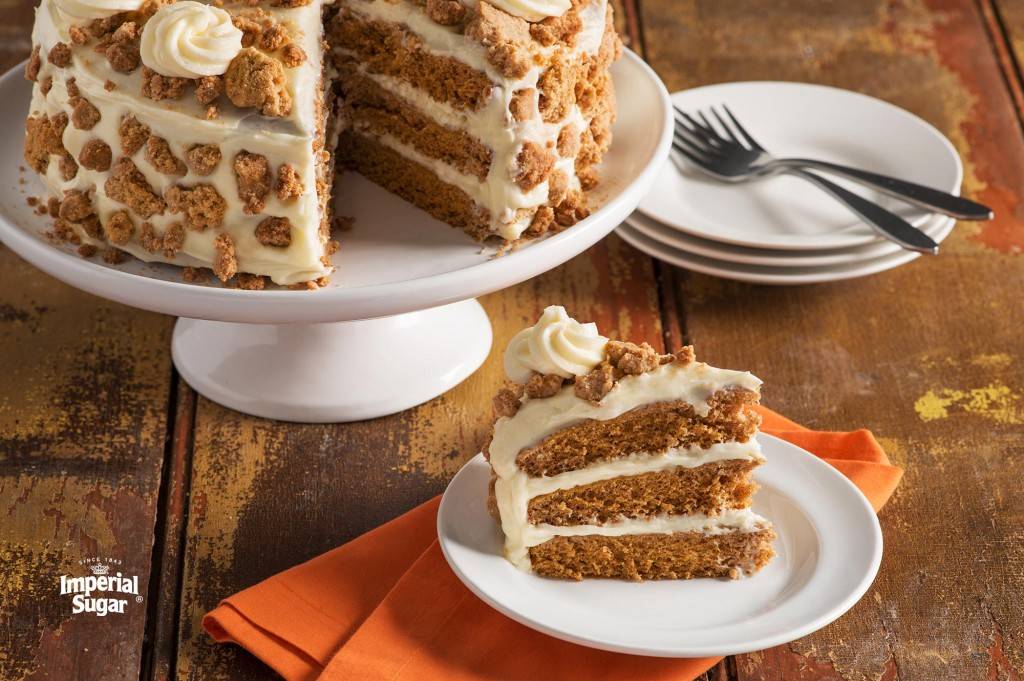 By bleaching flour with chlorine or benzoyl peroxide, the natural aging process is quickened. Bleached flour is white in color, has weakened gluten proteins and absorbs more liquid (for a moist cake). Bleached flour also rises better than whole wheat flour. Flour that is unbleached has more protein content, ages at a natural pace, has an off-white color and has a more nutty aroma, perfect for our recipe for Pumpkin Crumb Cake with Cream Cheese Frosting.
By bleaching flour with chlorine or benzoyl peroxide, the natural aging process is quickened. Bleached flour is white in color, has weakened gluten proteins and absorbs more liquid (for a moist cake). Bleached flour also rises better than whole wheat flour. Flour that is unbleached has more protein content, ages at a natural pace, has an off-white color and has a more nutty aroma, perfect for our recipe for Pumpkin Crumb Cake with Cream Cheese Frosting.
Enriched Flour During the milling process, bran and germ is removed from flour so it loses most of its vitamins and minerals. Thiamine, niacin, riboflavin and iron are added after milling to enriched flour, making it as equal as possible to whole wheat flour in vitamin and mineral content.
So which types of flour are best for baking? The answer depends on the type of sweet treat you want to bake. Chef Eddy recommends all-purpose flour with 3 grams of protein (as shown on the nutrition facts chart of the flour bag) for cookies, pie dough, muffins, biscuits and most cakes. However, there are some cakes that yield better results with cake flour (see above). For some breads or pizza dough, Chef Eddy prefers all-purpose flour with 4 grams of protein. For other breads or some cinnamon roll recipes, he recommends using bread flour. Be sure to use the type of flour indicated in each of our recipes for best results. With the exception of cake flour, Chef Eddy uses only unbleached and unbromated flours.
How to Correctly Measure Flour On our web site, you’ll see that we use the Spoon & Sweep method when measuring flour for our recipes. Simply use a spoon to fill your measuring cup with flour until the required amount is obtained. Scooping your measuring cup directly into the flour bag will firmly pack the flour, resulting in too much flour required for the recipe.
Don’t Forget to Sift! Flour becomes compressed during packing, shipping and storage at home. Sifting aerates the flour before you mix it into a dough or batter, basically increasing the amount of air cells it contains. These air cells expand in the oven and are an important part of the leavening process.
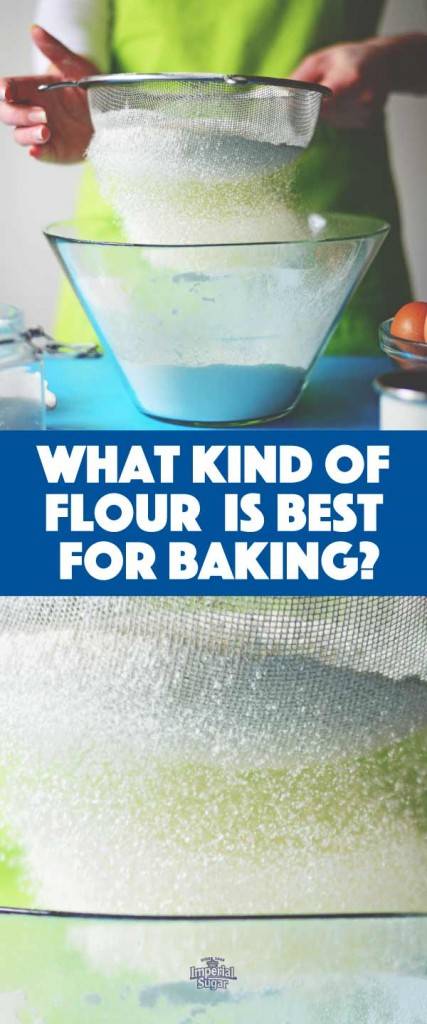
 then
then  Add IMPERIAL SUGAR to Home Screen
Add IMPERIAL SUGAR to Home Screen

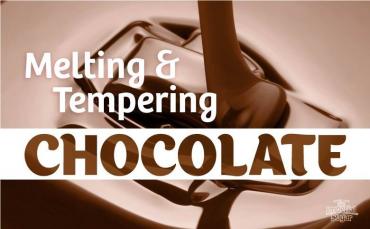
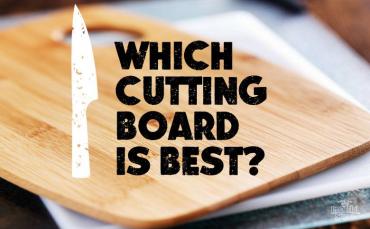
Sign in or create an account
You need an account to like and rate recipes, comment, and share a recipe with the community.
Continue with Facebook